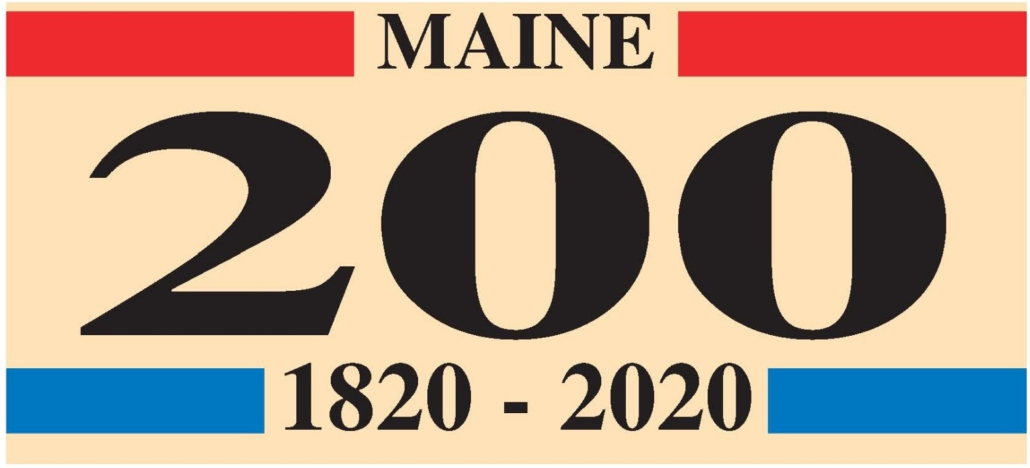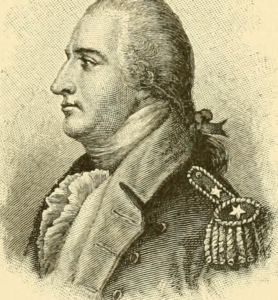After weeks of articles about men, your writer is ready to start trying to answer a reader’s occasional question: how did women in the Kennebec Valley in the 1700s and 1800s manage, with the large families many had and without modern conveniences and social services?
Answers are not easy (except in fiction), because, as professional historians realize, information comes from written records, and written records are mostly by and about men – primarily men who were leaders, making their actions seem important and allowing them to keep records or employ others to keep records.
The late British-American historian Bernard Lewis summarized the issue in his 1995 The Middle East: A Brief History of the Last 2,000 Years. Historians, he wrote, may claim to write the history of a country; actually they write about “a few thousand privileged persons…disregarding the great mass of the people.”
Mostly true, he admitted, but not the historians’ fault: they are “limited by the evidence.” For most of the past, this evidence has been written by people with “power, wealth and learning” consequently, they have provided most of the information historians use.
Occasionally, however, a woman gets a chance to speak up about women’s lives. One example in the Kennebec Valley was midwife Martha Ballard, who has been cited before in this series.
Palermo historian Milton Dowe found another, the unknown (but probably female) author of the undated poem he included in his 1997 Palermo Maine Things That I Remember in 1996.
The poem, reproduced here by permission of the Palermo Historical Society, is titled Mama’s Mama. It reads:
Mama’s Mama, on a winter day
Milked the cows and fed them hay.
Slopped the hogs, saddled the mule
And got the children off to school.
Did a washing, mopped the floors,
Washed the windows and did some chores,
Cooked a dish of home-dried fruit
Pressed her husband’s Sunday suit.
Swept the parlor, made the bed,
Baked a dozen loaves of bread.
Split some wood and lugged it in,
Enough to fill the kitchen bin,
Cleaned the lamps and put in oil,
Stewed some apples she thought might spoil,
Churned the butter, baked a cake,
Then exclaimed, “For goodness sake!
The calves have got out of the pen!”
Went out and chased them in again.
Gathered the eggs and locked the stable,
Returned to the house and set the table.
Cooked a supper that was delicious,
And afterward washed all the dishes,
Fed the cat, sprinkled the clothes,
Mended a basket full of hose.
Then opened the organ and began to play,
“When you come to the end of a perfect day.”
(A version of the poem posted on line by a female blogger changes a few words, including specifying seven children who were gotten off to school.)
* * * * * *
Martha (Moore) Ballard was born in 1735 in Oxford, Massachusetts, and died in late May 1812, in Augusta, Maine. For most of her adult life she served as a midwife in the central Kennebec Valley, delivering more than 800 babies. Between January, 1785, and May, 1812, she kept a diary describing her daily life.
At least two Augusta historians were aware of her diary. James W. North occasionally quoted from it in his 1870 history. Charles E. Nash reprinted extensive, edited samples in his 1904 history.
Neither man thought its contents important. North’s verdict was “not of general interest,” Nash’s “trivial and unimportant.”
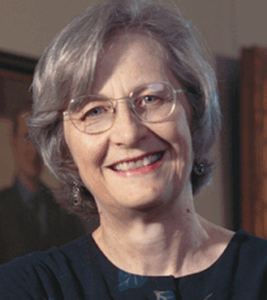
Laurel Thatcher Ulrich
Contemporary American historian Laurel Thatcher Ulrich disagreed. Seeing it as an unusually comprehensive description of social and economic life, she quoted from and expanded on the diary in her 1990 history, A Midwife’s Tale. Fellow historians thought her effort worthwhile; the book received numerous prestigious awards and prizes.
In her introduction, Ulrich wrote that in New England in the late 18th and early 19th centuries, there were two forms of day-to-day record-keeping “the daybook and the interleaved almanac.”
The former was primarily a business journal, sometimes with added information on family life, kept primarily by “farmers, craftsmen, shopkeepers, ship’s captains, and perhaps a very few housewives.” The latter involved people using blank pages of printed almanacs to add notes about the weather, the gardens, the neighborhood and public events.
Some of Martha Moore’s family were educated, Ulrich found: her Uncle Abijah graduated from Yale in 1726, and her younger brother Jonathan from Harvard in 1761. Martha’s grandmother could sign her name; her mother “signed with a mark.”
Ulrich did not know how or why Martha learned to write. She surmised that “someone in Oxford in the 1740s was interested in educating girls.”
Martha married surveyor Ephraim Ballard (1725 – 1821) on Dec. 19, 1754, in Oxford. They had nine children; three of their first four daughters died in a diphtheria epidemic in the early summer of 1769, aged eight, four and two years.
Sons Cyrus, born Sept. 11, 1756, and Jonathan, born March 4, 1763, and daughter Lucy, born August 28, 1758, survived; and on Aug. 6, 1769, daughter Hannah was born. Daughter Dorothy (Dolly) was born September 2, 1772, youngest son Ephraim, Jr., not until March 30, 1779 (the only child born in Maine).
Ephraim Ballard first explored moving to the Kennebec Valley in the spring of 1775 – bad timing, Ulrich pointed out, because most of his new neighbors were revolutionary sympathizers and he was not. Martha (and presumably the children) joined him in October 1777. In addition to surveying, Ballard owned and ran mills; the family ended up in the northern part of Hallowell, which became Augusta in 1797.
Martha made her first diary entry on Jan. 1, 1785. By then, Ulrich wrote, oldest daughter Lucy was married and living in Winslow. Martha and Ephraim had five children at home: Cyrus, 28 (Ulrich wrote that he never married, and wondered if he “was impaired in some way”); Jonathan, almost 22 (a short-tempered trouble-maker); Hannah, 15 and a half; Dolly, who would turn 13 in September; and Ephraim, three months short of his sixth birthday.
Their house at that time had two rooms downstairs, the east and the west room in Martha’s words; two unfinished rooms upstairs; a barn and a cellar. Ephraim’s sawmill and gristmill were nearby, plainly audible.
Ephraim Sr., was frequently away for days or weeks on his surveying work, and sometimes one or more of the children would stay elsewhere. In return, Martha often had one or two unrelated young women as household help, especially after her daughters married and moved out.
The earliest continuous diary excerpts Ulrich copied were from early August 1787, and the last series from May 1809. She used random individual entries to support her comments and analysis.
Judging by the diary excerpts, the bulk of Martha’s household work fell roughly into four categories: washing and cleaning; working with cloth; cooking; and farm work, tending animals and gardening. Other things to do included caring for her children until they left home (and sometimes when they came back for a while, or during her daughters’ pregnancies), helping her husband (and vice versa) and other miscellaneous chores.
* * * * * *
Ulrich wrote that Martha disliked washing and whenever possible delegated it, first to her daughters and then to other young women who became her household helpers. She quotes a Jan. 4, 1793, entry, after both daughter Hannah and a neighbor’s girl had moved to their new husbands’ homes: “I have washt the first washing I have done without help this several years.”
Nonetheless, the word “washt” – Martha’s spelling of “washed” – appears intermittently in the diary. Sometimes she washt; sometimes “the girls” washt. These references seem to have been to washing clothes; occasionally she specified what else was washt.
On Jan. 1, 1796, Martha wrote that she “washt and washt my kitchen.” On Jan. 5, she “washt the west room.”
On the 6th, four visitors came for tea and interrupted her: “I laid my Washing aside when my Company Came and finisht it after they went away Except rinsing.” Then she was called away to pregnant patients; it was not until Jan. 9 that she recorded, “I finisht my washing and did my other work.”
Later that year, Ephraim was away surveying from Sept. 5 to Oct. 14. Martha, coming home after spending the night delivering a baby, was pleased to find her husband home and well, but dismayed by the filthy “clothes, bags and blankets” he brought with him. Ulrich said it took three days to wash them.
Ulrich quoted another entry, from 1795: “My Girls have made me 2 Barrils of Soap this weak.”
Otherwise, neither Martha, at least in entries Ulrich chose, nor Ulrich herself talked about the work underlying that word “washt.”
The water would come by the heavy wooden pailful from the well or spring. It would be heated on the wood stove – welcome in winter, less so in summer – and poured into some sort of washtub. Clothing was washed by hand; floors and furnishings presumably with cloths or brushes or both.
Drying laundry could be a problem, too. Ulrich quoted an early (probably 1785) diary entry in which Martha wrote that Hannah hung a newly washed blanket on a fence outdoors and “our swine tore it into strips.”
The reference above to two barrels of home-made soap conceals more work
An on-line summary (by a contemporary soap company) explains that families like the Ballards would save wood ashes (for potash) and tallow from butchering and cooking grease (for animal fat).
The wood ash was collected in a barrel or trough lined with hay. Pouring water through the ashes leached out the potash. After reducing the water enough, the fat was melted and added. Mixing potash and fat thoroughly produced soap, the on-line site says.
* * * * * *
Here is Ulrich’s summary of how the Ballard women got a piece of cloth, based on the diary.
Ephraim planted flax seed in their garden; Martha and her daughters weeded and harvested it. Harvesting required pulling it by the roots. In August 1787, Martha recorded that she pulled flax on Aug. 3, until noon Aug. 4; and again, after several days tending sick neighbors, the morning of Aug. 15.
Male helpers then “turned and broke it.” Female neighbors helped “with the combing, spinning, reeling, boiling, spooling, warping, quilling, weaving, bucking, and bleaching that transformed the ripe plant into finished cloth.”
Combing the flax was an early-fall activity in 1789; on Oct. 5 and 6, while rain fell, Martha was at home combing flax. The first day she did seven pounds for herself and four for Cyrus; the next day, she didn’t record the output. She finished the job on Oct. 7, though it was a clear day (and “My girls washt.”).
Turning flax into cloth required a flax wheel – Ulrich wrote that by 1785, “Hannah and Dolly already knew how to operate the great woolen wheel and the smaller flax wheel that the family owned.” They produced “hundreds of skeins of cotton, wool, linen and tow thread, most of which their mother carried to others to weave.”
In the spring of 1787, Ulrich said, the menfolk put together a loom so the women could do their own weaving. Two neighbors helped set it up and showed Hannah how to use it; Hannah produced forty yards of cloth on July 4.
Thereafter, the women produced most of their needs, from sheets and blankets to handkerchiefs. Sometimes, Martha recorded, other women came and used their loom.
Martha’s diary sometimes mentions her knitting. One instance: she spent the first five days of December 1791, waiting for a Mrs. Parker to give birth, and while she was there knitted “2 pair gloves and 5 pair & ½ mitts.” (The Parkers’ daughter was born Dec. 7.)
To be continued.
Main sources
Ulrich, Laurel Thatcher, A Midwife’s Tale The Life of Martha Ballard, Based on Her Diary, 1785-1812 1990
Websites, miscellaneous.

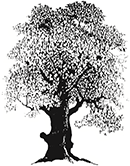

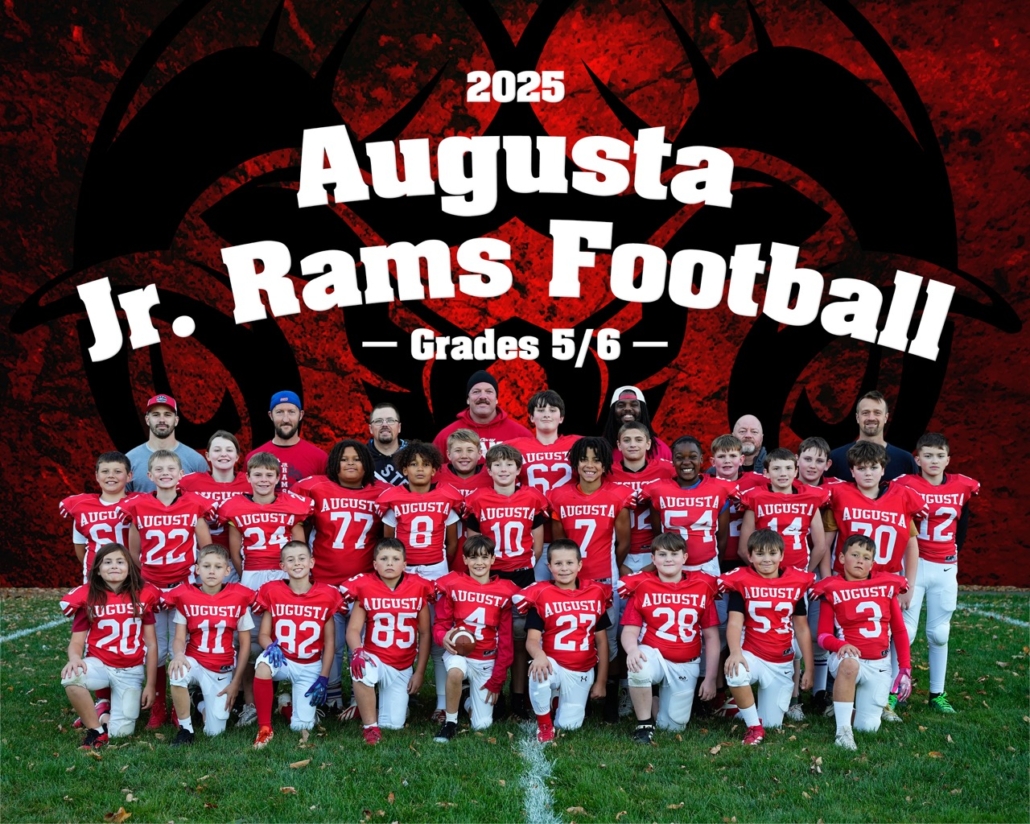



 Ashlynn Niemi, of Augusta, joined with more than 360 first-year students at Emmanuel College, in Boston, Massachusetts, to make an immediate impact in the community through the New Student Day of Service.
Ashlynn Niemi, of Augusta, joined with more than 360 first-year students at Emmanuel College, in Boston, Massachusetts, to make an immediate impact in the community through the New Student Day of Service.

